Introduction
Briefly introduce the topic of heating in Japan and why it’s interesting or important to discuss.
Heating in Japan is an important topic to discuss for those interested in the country’s culture and lifestyle. With Japan’s cold winters, heating is essential to ensure comfort and safety in homes and other buildings. Additionally, the heating methods used in Japan, particularly the use of kerosene heaters, have unique cultural and historical significance that make them worth exploring. Understanding how heating works in Japan can provide valuable insights into the daily lives of Japanese people and the ways in which they adapt to their environment.
Overview of Japan’s climate
Describe Japan’s climate, including average temperatures and seasonal variations.
Japan’s climate is characterized by four distinct seasons, with temperatures varying widely throughout the year. In general, summers are warm and humid, while winters are cold and dry. The average temperature in Japan during the summer months (June to August) ranges from 20 to 30 degrees Celsius (68-86°F), with high humidity levels making it feel much hotter. During the winter months (December to February), temperatures can drop to below freezing in many parts of the country, with average temperatures ranging from 0 to 10 degrees Celsius (32-50°F). Snowfall is common in many regions, particularly in northern and mountainous areas. The transitional seasons of spring and autumn are mild and pleasant, with temperatures averaging between 10 and 20 degrees Celsius (50-68°F). Overall, Japan’s climate is highly varied and influenced by factors such as latitude, topography, and ocean currents.
Explain why heating is necessary in many parts of the country
Heating is necessary in many parts of Japan due to the country’s cold and often snowy winters. While southern regions such as Okinawa may have milder winters, much of Japan experiences sub-zero temperatures and heavy snowfall during the winter months. Without proper heating, homes and buildings can become uncomfortably cold and even dangerous, putting occupants at risk for health problems such as hypothermia. Additionally, many parts of Japan are built with thin walls and poor insulation, making it difficult to retain warmth indoors without the use of heating appliances. As a result, heating is an essential component of daily life in Japan during the winter months.
Common heating methods in Japan
Discuss the different ways that Japanese households typically heat their homes, such as kerosene heaters, electric heaters, and air conditioning units
There are several ways that Japanese households typically heat their homes during the winter months. One popular method is through the use of kerosene heaters, which are portable and relatively inexpensive to operate. Kerosene heaters produce a warm, cozy heat that can quickly heat up a small room, making them ideal for use in bedrooms or living rooms.
Another common method is through the use of electric heaters, which come in various forms such as fan heaters, oil-filled heaters, and infrared heaters. These heaters are generally more expensive to operate than kerosene heaters, but they are more energy-efficient and produce less indoor air pollution.
In recent years, more households have also been using air conditioning units for heating, especially those with newer, energy-efficient models that are capable of producing warm air. While air conditioning units may be more expensive to purchase and install initially, they can provide both heating and cooling capabilities, making them a versatile option for year-round comfort.
Ultimately, the choice of heating method depends on individual preferences and needs, as well as factors such as cost, convenience, and energy efficiency. Regardless of the method used, heating is an essential part of daily life in Japan during the cold winter months.
Explain the pros and cons of each method, and provide any relevant cultural or historical context
Kerosene heaters:
Pros:
- Relatively inexpensive to purchase and operate.
- Portable and easy to move between rooms.
- Produce a warm, cozy heat that can quickly heat up a small room.
- Some models have a long burn time, reducing the need for frequent refueling.
Cons:
- Require a constant supply of kerosene fuel, which can be expensive and may have an odor.
- Produce indoor air pollution, which can be a health concern if not used in a well-ventilated area.
- Need to be monitored closely for safety, as they can be a fire hazard if not used properly.
Electric heaters:
Pros:
- Come in various forms and sizes, offering a range of options for different heating needs.
- Generally more energy-efficient than kerosene heaters.
- Produce no indoor air pollution, making them a healthier option.
- Require little maintenance and are generally safe to use.
Cons:
- Can be more expensive to operate than kerosene heaters.
- Some models may be less effective at heating large rooms or areas with poor insulation.
- Electric heaters may increase overall energy consumption and contribute to environmental issues such as climate change.
Air conditioning units:
Pros:
- Provide both heating and cooling capabilities, making them a versatile option.
- Can be more energy-efficient than other heating methods, especially newer models with high energy ratings.
- Produce no indoor air pollution, making them a healthier option.
- Require little maintenance and are generally safe to use.
Cons:
- Can be more expensive to purchase and install initially.
- May be less effective at heating large rooms or areas with poor insulation.
- Air conditioning units may increase overall energy consumption and contribute to environmental issues such as climate change.
In terms of cultural or historical context, kerosene heaters have been a popular heating method in Japan since the post-World War II era, when kerosene was readily available and affordable. Electric heaters and air conditioning units have become more popular in recent years as technology has advanced and become more energy-efficient. Additionally, in Japan, there is a tradition of turning off heating and wearing warm clothing indoors during the winter to conserve energy and promote a healthier lifestyle, a practice known as “kotatsu zekku” or “hie” (literally, “to chill”).
Kerosene heaters in Japan
Focus on kerosene heaters as the most common form of heating in Japan.
Kerosene heaters are portable devices that burn kerosene fuel to produce heat. They can be either wick type or laser type. Wick type heaters use a cotton wick that absorbs kerosene from a tank and burns it with a flame. Laser type heaters use a nozzle that sprays kerosene into a combustion chamber and ignites it with a spark plug. Both types of heaters have fans that circulate warm air around the room.
Kerosene heaters are popular in Japan because they are relatively cheap to buy and operate, and they can heat up a room quickly and efficiently. They are also easy to use and have various safety features, such as automatic shut-off sensors, tip-over switches, and carbon monoxide detectors. Some kerosene heaters also have cooking stoves or humidifiers attached to them.
However, kerosene heaters also have some drawbacks. They require regular maintenance and cleaning to prevent malfunctions and fire hazards. They also emit some pollutants, such as nitrogen oxides, sulfur dioxide, and particulate matter, which can affect indoor air quality and health. Therefore, it is important to ventilate the room well when using kerosene heaters.
Some examples of kerosene heater brands in Japan are Toyotomi1, Fujika2, and Corona3. These companies produce high-quality products that meet Japan’s strict standards for safety and performance.
If you are interested in learning more about kerosene heaters in Japan, you can visit their websites or watch some videos on YouTube.
Kerosene heaters work by burning kerosene fuel to produce heat.
To use a kerosene heater, you need to fill the tank with kerosene fuel, which you can buy at gas stations or convenience stores. You also need to plug the heater into an electrical outlet to power the fan and the ignition system. Then, you can turn on the heater by pressing a button or using a remote control. The heater will automatically adjust the temperature according to your settings.
Kerosene heaters are typically used in households that do not have central heating or insulation. They are especially common in rural areas or older buildings. Many people use kerosene heaters in their living rooms, bedrooms, or bathrooms during winter. Some people also use them for drying clothes or warming up food.
However, kerosene heaters also have some risks and disadvantages. They can cause fires if they are not handled properly or if they come into contact with flammable materials. They can also produce carbon monoxide and other harmful gases if they are not ventilated well.
- Turn the unit off when refilling it with kerosene.
- Refill the tank well away from any fire.
- Confirm that the kerosene is not leaking.
- Keep the unit clear of all types of flammable gas (gasoline, benzene, thinner, etc.)
- Regularly clean the fan filter located in the back of the unit.
- Turn the unit off when you go out or go to sleep.
- Open a window slightly to let fresh air in.
Kerosene heaters have some advantages and disadvantages compared to other types of heaters.
Some of the advantages are:
- They are portable and easy to move around.
- They are relatively cheap to buy and operate.
- They can heat up a room quickly and evenly.
- They can work without electricity, which is useful during power outages.
Some of the disadvantages are:
- They can cause fires if they are not handled properly or if they come into contact with flammable materials.
- They can produce carbon monoxide and other harmful gases if they are not ventilated well.
- They can emit a strong odor and smoke that may irritate some people.
- They can consume a lot of oxygen in the room, which may cause suffocation or dizziness.
Therefore, you should always follow these safety tips when using kerosene heaters1:
- Turn the unit off when refilling it with kerosene.
- Refill the tank well away from any fire.
- Confirm that the kerosene is not leaking.
- Keep the unit clear of all types of flammable gas (gasoline, benzene, thinner, etc.)
- Regularly clean the fan filter located in the back of the unit.
- Turn the unit off when you go out or go to sleep.
- Open a window slightly to let fresh air in.
You should also read the instruction manual carefully before using your kerosene heater and follow any specific guidelines for your model. If you have any questions or problems with your heater, you should contact your dealer or manufacturer for assistance.
Environmental impact of kerosene heating
about the environmental impact of using kerosene for heating, including its contribution to air pollution and greenhouse gas emissions.
Indoors, kerosene heaters produce air pollution that can affect your health and comfort. Kerosene heaters release pollutants such as carbon monoxide, nitrogen dioxide, sulphur dioxide, and carbon dioxide12. These are all health risks, especially for people who have breathing disorders, cardiovascular diseases, and other health conditions. Carbon monoxide can cause headaches, drowsiness, nausea, and even death in high concentrations. Nitrogen dioxide can irritate your eyes, nose, throat, and lungs. Sulphur dioxide can worsen asthma and bronchitis. Carbon dioxide can reduce the oxygen level in the room.
To reduce indoor air pollution from kerosene heaters, you should always use 1-K grade kerosene3, which has lower sulphur content and burns cleaner than other grades. You should also ventilate your room well by opening a window slightly or using an exhaust fan. You should also avoid using kerosene heaters in small or enclosed spaces where the pollutants can accumulate.
Outdoors, kerosene heaters contribute to greenhouse gas emissions that can affect the climate and the environment. Kerosene is a fossil fuel that releases carbon dioxide when burned4. Carbon dioxide is a major greenhouse gas that traps heat in the atmosphere and causes global warming. Global warming can lead to various environmental problems such as melting ice caps, rising sea levels, extreme weather events, loss of biodiversity, and more.
To reduce greenhouse gas emissions from kerosene heaters, you should use them sparingly or switch to more energy-efficient and renewable sources of heating such as solar panels or heat pumps4. You should also dispose of used kerosene safely by taking it to a recycling center or a hazardous waste facility4. You should never pour it down the drain or into the soil as it can contaminate water sources and harm wildlife.
Using kerosene for heating has some advantages but also some disadvantages for the environment. You should be aware of these impacts and take steps to minimize them if you choose to use kerosene heaters in your home.
Explain any government initiatives or incentives aimed at promoting more sustainable heating practices.
The Japanese government has some initiatives and incentives aimed at promoting more sustainable heating practices. One of the main initiatives is the Strategic Energy Plan (SEP)1, which sets out the long-term vision and policy direction for Japan’s energy sector. The SEP aims to achieve a low-carbon society by increasing the share of renewable energy sources such as solar, wind, biomass, and geothermal in Japan’s total primary energy supply (TPES) and power generation1. The SEP also encourages the use of energy-efficient technologies such as heat pumps, cogeneration systems, and smart meters1.
Another initiative is the Top Runner Program2, which sets mandatory energy efficiency standards for various appliances and equipment including heaters. The program requires manufacturers to meet or exceed the performance level of the most efficient product in each category within a certain period of time. The program also provides labels and information to consumers to help them choose more efficient products2.
One of the main incentives is the Feed-in-Tariff (FIT) scheme1, which guarantees a fixed price for electricity generated from renewable sources such as solar photovoltaic (PV) panels. The FIT scheme encourages homeowners and businesses to install solar PV systems on their roofs or other locations and sell their excess electricity to the grid. The FIT scheme also supports other renewable sources such as wind, biomass, geothermal, and small hydro1.
Another incentive is the Eco-Point Program2, which offers points to consumers who purchase energy-efficient appliances and equipment including heaters. The points can be exchanged for various goods and services such as gift cards, travel vouchers, or donations to environmental organizations. The Eco-Point Program aims to stimulate consumer demand for more efficient products and reduce greenhouse gas emissions2.
These are some of the government initiatives and incentives aimed at promoting more sustainable heating practices in Japan. They reflect Japan’s commitment to addressing climate change and achieving its nationally determined contribution (NDC) under the Paris Agreement3.
Conclusion
Sum up the key points of the article and reiterate why heating in Japan is an interesting or important topic to discuss.
In conclusion, this article has explained how some Japanese people use kerosene heaters to warm up their homes in winter, and what are some of the advantages and disadvantages of this practice. It has also introduced some of the government initiatives and incentives aimed at promoting more sustainable heating practices in Japan, such as increasing the use of renewable energy sources and energy-efficient technologies. Finally, it has mentioned some of the traditional ways of heating that some Japanese people still use today, such as kotatsu and irori.
Heating in Japan is an interesting or important topic to discuss because it reflects the culture, history, and lifestyle of the Japanese people. It also shows how Japan is facing the challenges of climate change and energy security while trying to balance its economic and environmental goals. By learning more about heating in Japan, we can gain a deeper understanding of this fascinating country and its people.


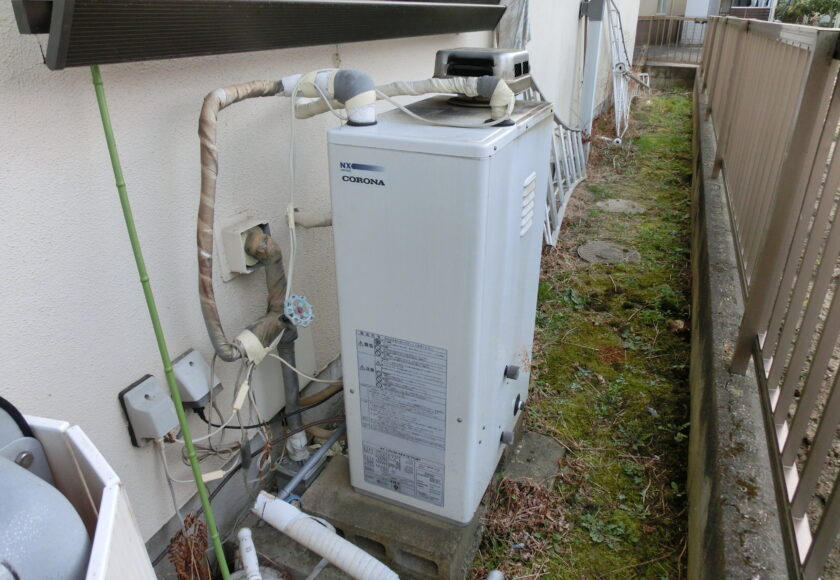
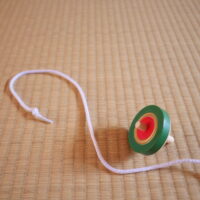

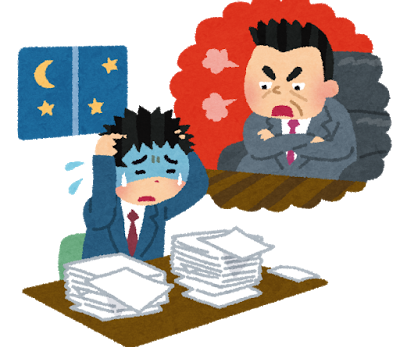
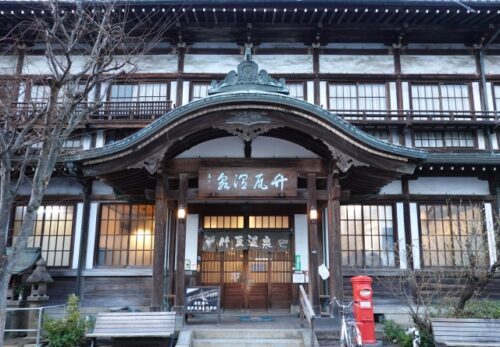
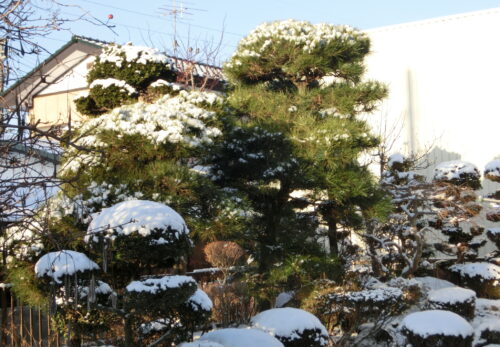

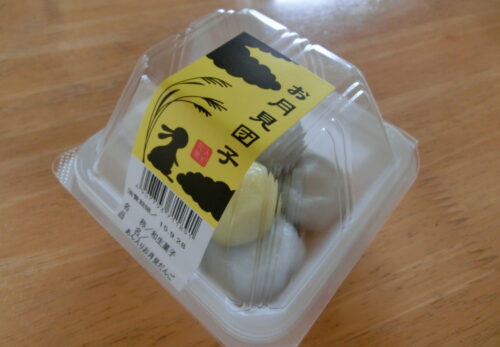
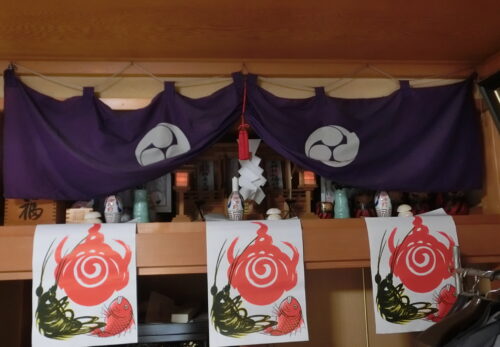
No comments yet.